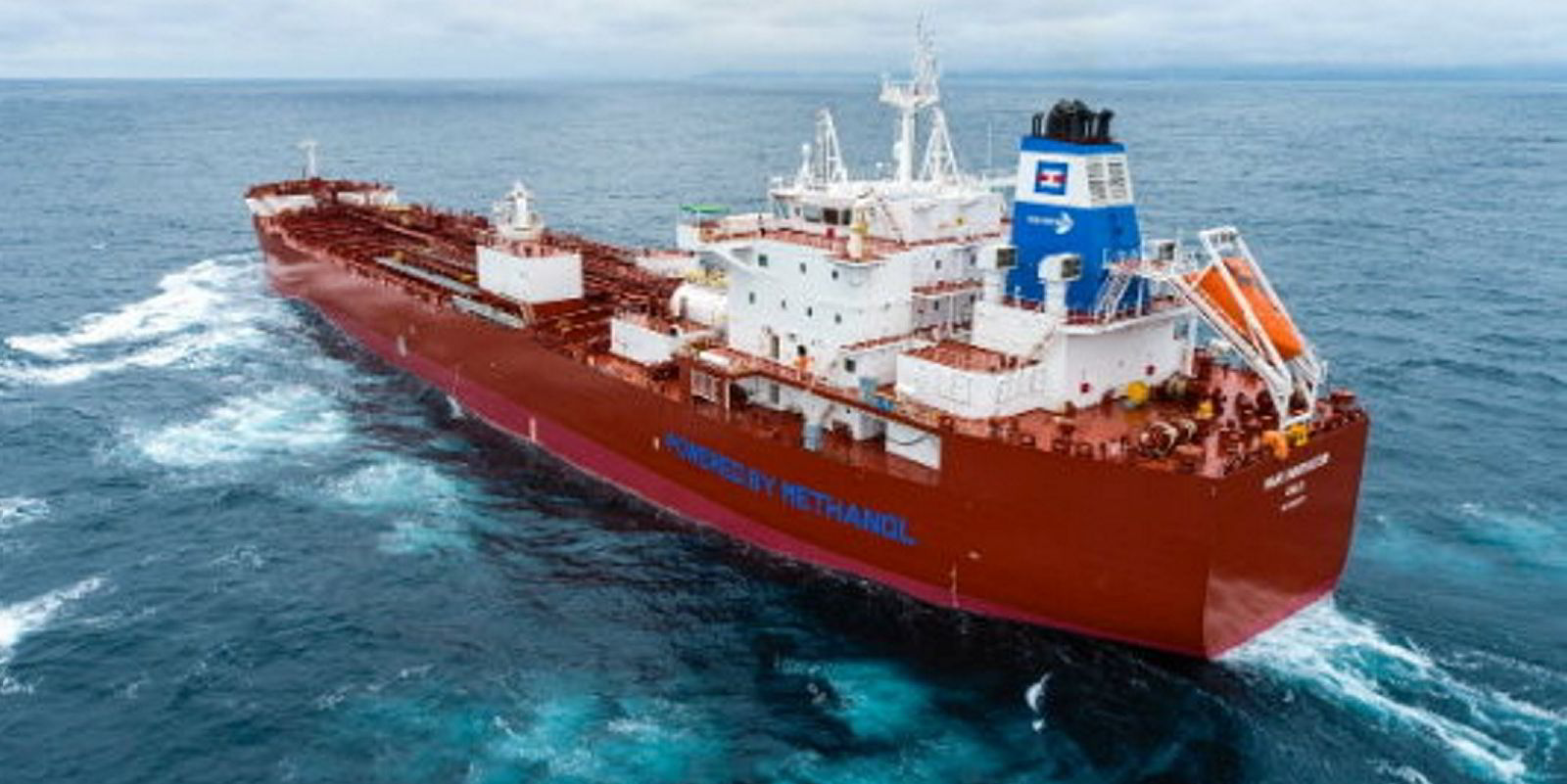Shipowners are pumping more and more cash into methanol dual-fuelled vessels this year, Clarksons Research said.
The research division of shipbroker Clarksons believes fuelling transition is a vital focus for owners, who have added 156 alternative fuel-capable ships of 10.1m gt to the orderbook as of 31 May.
This is 40% of all vessels contracted in 2023.
There has been “firm interest” in methanol dual-fuel ships, with 42 units ordered, totalling 3.4m gt, the company said.
This represents 34% of the alternative-fuel unit contracts.
Container ship owners such as AP Moller-Maersk have been leading the way, but in recent days tanker players like Tune Chemical Tankers and Hafnia have been ordering product and chemical carriers.
LNG dual-fuel remains the most popular choice, with 59 ships of 5.5m gt inked so far this year, 55% of the total.
“Some owners continue to pursue fuel optionality by ordering ships with LNG, methanol or ammonia-ready notation,” Clarksons noted.
Newbuilding ordering has been fairly moderate in 2023 to date, following an easing in activity in 2022, the company said.
A total of 502 vessels of 33.2m dwt were contracted between January and May, down 30% year on year.
“Modest contract volumes come against a backdrop of elevated newbuild prices, depleted slot availability at yards, uncertainty around fuelling technology choices and economic headwinds negatively impacting investor sentiment,” Clarksons Research added.
But tanker numbers have risen, as owners put pen to paper for 93 new vessels of 7.1m dwt.
This is the largest amount since 2017.
Interest in the LNG carrier sector remains firm, with 28 units of 5m cbm added. This is down from record levels in 2022, when 184 ships were ordered.
The value of investment in newbuildings has softened on the back of more limited ordering, the company noted.
An estimated $38.5bn was spent in the January to May period, down 31% year on year on an annualised basis.
New ships are costing more than at any time since the end of 2008, as inflationary pressures hit.




